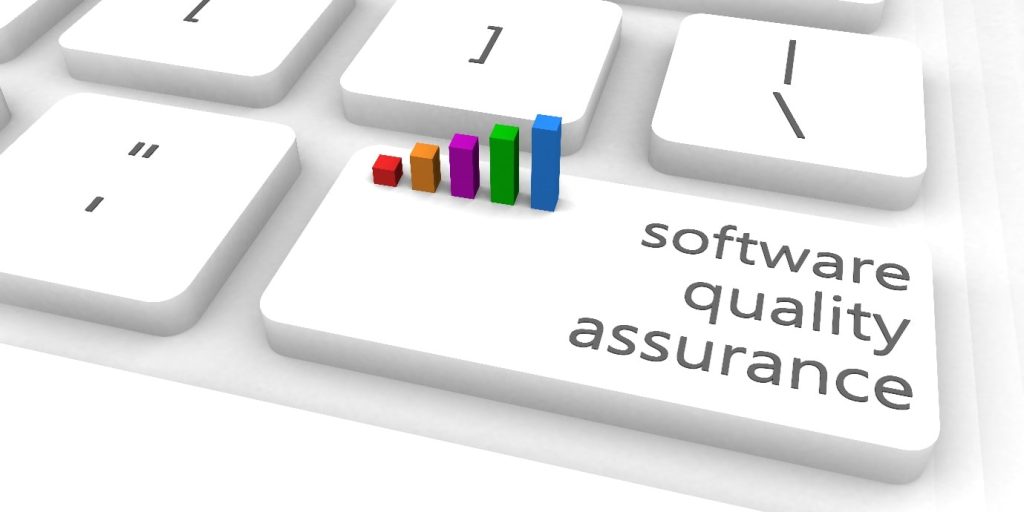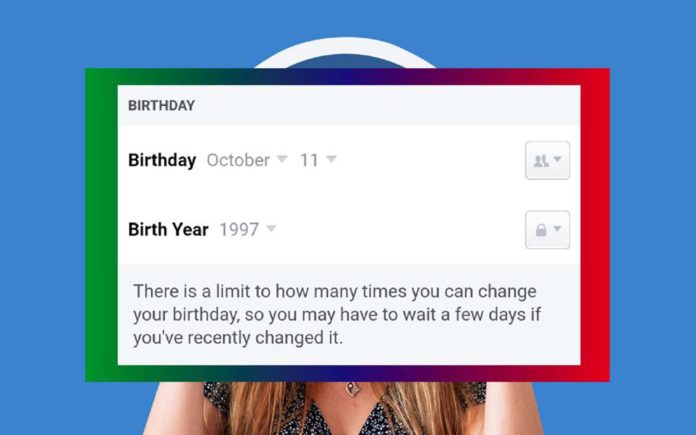Agile project management is a flexible approach to the process of software development, which accommodates the continuous alterations made in the process of development and allows the developer team to carry out the design and software testing processes at smaller levels without disrupting the whole project operation. Agile project management ensures that the delivery time of the software is cut short along with the total cost while attending to the continually arising needs for alterations and corrections in the design. Since with the agile process, mistakes are identified faster, and a feedback system is present throughout the whole lifecycle, it delivers a better quality of the product.
The old school methods of executing an agile model were index cards, spreadsheets, MS project, etc. These separate tools served separate purposes, for example, to enumerate requirements, keeping tabs on progress or reporting. But using a separate tool for each separate function would not only slow down the entire process but also render it inefficient. So, the need for proper agile tools must be addressed, where all the different functions of the different tools are integrated into one compact resource. There are many options to choose your agile tools from, but the primary thing that must be kept in mind is which tool is compatible with which type of agile methodology.
Regardless of the methodology, however, there are a few general requirements and essential questions that should be considered first before choosing any agile tool whatsoever. These include:
Does it support collaboration and communication?
Since the agile project model calls for a collaborative approach among all the stakeholders of the project, it is essential to choose a tool that can accommodate this basic need. Different teams, including those responsible for the development as well as software testing, should be able to communicate through the tool, and it should provide you with a “permission” feature so that the participants in these discussions can be regulated.
Does it have access to history tracking?
A trackable history is a must-have feature for your agile tool, which will allow you to look back at the past discussions and decision-making conversations to be able to pinpoint the coherence between the discussions and the action. This brings a sense of accountability into the picture. Additionally, the tool should allow reporting at every stage of the development process as well as the entire project.

Does it contain central storage with a searching facility?
An agile tool that supports multiple project functions is the ideal pick if it is a tool that contains a search option enabled. It stores all the crucial data relating to the project centrally, and the search function allows the people working on the project to access this information without any hassle. A central storage system also allows one to track multiple projects simultaneously and carry out cross-project analysis to enhance the quality of the testing conducted.
Can the tool be optimized with time?
When you’re spending on an excellent agile tool, you want to make sure that its usage can be optimized as the time progresses throughout the project. Even though the primary usage of the tool is usually limited within the developers, the development team itself might get altered at a later stage, or other teams might want to make use of the tool for their processes. Hence it is advisable to invest in a tool with a versatile capability. Such a tool is essential to make the test automation process more efficient, thereby shortening the development cycle of the product significantly.
Can the tool provide detailed data analytics?
Any software development process calls for both real-time and overall project analytics, which include the total time consumed by each task, the details of the total hours spent, the tracking of goals and deadlines, and more. Analytics is also essential to assess whether specific criteria were met throughout the process or not. The more detailed data a tool can provide for the project insights, the better the success rate of the project.
Selecting the right agile tool and testing software company for quality assurance requires taking the opinion and needs of each stakeholder of the project into account. Since the agile model is collaborative, choosing the right tool also needs to be a collective decision. The decision should be mutually agreed upon, where the criteria of each team are met sufficiently, or the compromises that need to be made by them have been put on the table and considered by everyone. It is evident that one tool cannot meet the requirements of every team. However, it is important to communicate before the project begins, about where the priorities of the process lie, and according to that, which tool is being chosen to accommodate what kind of needs based on the projects.
















